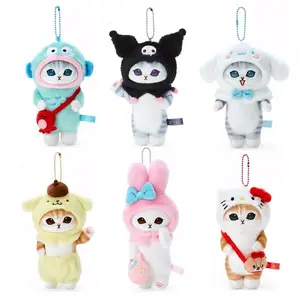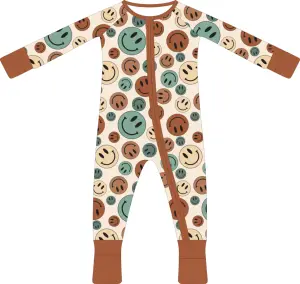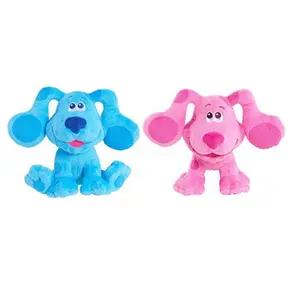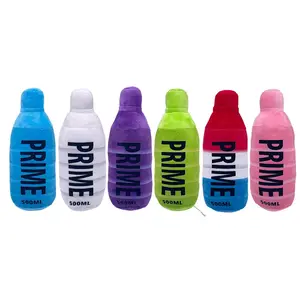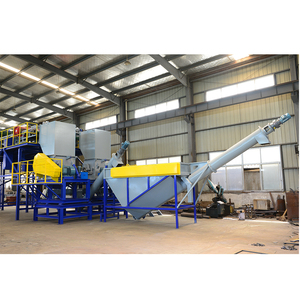











1 개의 유리제 애완 동물 플라스틱 작은 유리병 병 세척 채우는 모자를 씌우는 기계에 대하여 가득 차있는 자동적인 액체 양이 많은 기름 물 위스키 충전물 3
₩3,610,606
최소 주문량: 1 세트







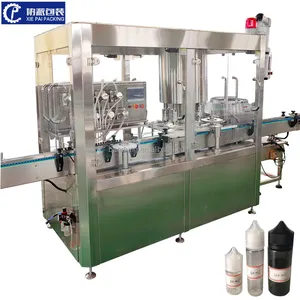











애완 동물 병 부는 기계 플라스틱 병 부는 기계 가득 차있는 자동적인 플라스틱 물 주스 CSD 음료 애완 동물 병 부는 기계
₩6,943,473 - ₩31,939,974
최소 주문량: 1 세트







자동 6 헤드 씰링 포장 라벨 가격 및 캡핑 병 필러 캐퍼 라벨러 Bottel Botle Filling Line Machine
₩9,720,862 - ₩11,108,168
최소 주문량: 1 세트






18.9L -5 갤런 큰 탱크 수도꼭지 반자동 PET 블로우 성형기 컨테이너 새로운 조건 PLC 펌프 가공
배송 준비 완료
₩9,026,515 - ₩10,415,209
최소 주문량: 1 세트
조각 당 선박: ₩277,739






애완 동물 병 기계 정보
Alibaba.com은 323 애완 동물 병 기계 상품을 제공합니다. 다양한 애완 동물 병 기계 옵션을 선택할 수 있습니다. 예: 나이지리아, 남아프리카, 태국. 모터, plc, 베어링 애완 동물 병 기계 등을 선택할 수 있습니다. 제조 공장, 호텔, 푸드 애완 동물 병 기계 등도 선택할 수 있습니다.애완 동물 병 기계 제공, 사용할등도 가능합니다.

